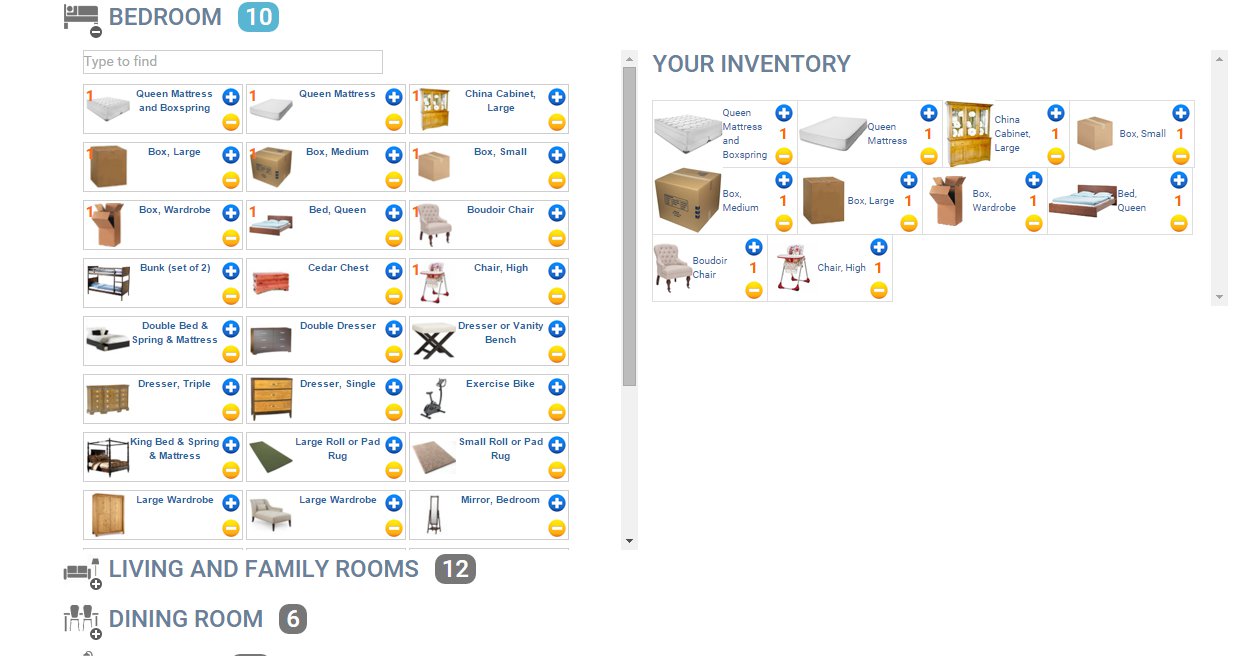Help With Moving
Sometimes We Need Help Moving
- Moving Stress
- Indicate Everything that You're Moving to the Moving Company
- Keeping Costs Down
- Is it Cheaper to Move By My Self?
- Other Considerations and Costs
1. Moving Stress
If you’re feeling sorry for yourself or you’re feeling down, stop and take a step back. No matter what the reason is that you’re moving, understand that in life there is always change, and change is always good. Starting A Trucking Company Cost. It would be a boring life if everything were the same. In the beginning, I told you to take a step back and regain your power and strength because now you’re going to have to make some important decisions.
2. Indicate Everything that You're Moving to the Moving Company
The clearer the picture is, the less the price could possibly change. Trucking Paperwork. You’re a smart person, otherwise, you wouldn’t be on this website! So spend an extra fifteen minutes and use our moving calculator to calculate your inventory properly. The picture inventory will allow you to add the items you want to move and then show you the cost.
3. Keeping Costs Down
Packing your own goods will obviously keep costs down. Make sure that you separate your important documents, jewelry, and medication to travel with you at all times. Starting A Trucking Company Successfully. Losing this during the move will stress anyone out. Gather that stuff before the move and put it in a safe place.
4. Is it Cheaper to Move By My Self?
A lot of people ask me, "isn’t it cheaper to move than to have somebody else like a moving company move you?" I always encourage people to hire movers if they have the finances to do so. BOC-3 Filling For Trucking Business. It’s a simple fact which allows you to concentrate on what you want to spend most of your attention on. Your time is valuable. A Guide For Trucking Companies. You have important things to do, important friends to meet, and important engagements to attend!
If you move (even if I move) there will be some fatigue involved, and when you equal out all of the expenses, they're going to be pretty close to or the same as if you hired a moving company in the first place. Navigating The Highways Of Cross-State Trucking.Things to take into consideration are:
- Will you need to buy food such as pizza?
- Will you need to buy dollies?
- Do you have high-value items that need to be packaged properly?
- The sofa won’t go through a specific stairwell and you’ll have to hoist it up, which means pulling it out over the balcony.
All of these things put you at liability.
If your friends, colleagues, associates, or hired labor get injured, it’s all on you. Choosing Best Trucking Business To Start. So now you’ve just turned what you thought was cheap into lawyer fees, medical bills, money for a person(s) not being able to work, and so on. Moving isn’t easy and it can be technical at times.

5. Other Considerations and Costs
Some other things that you may want to take into consideration - will you need a place to stay in a hotel? Owning A Trucking Company Without Driving. What is the cost of fuel if you’re going long distance? Do you need a strong person to be able to manage a large truck driving a long distance? Trucking Authority Packages. Driving a large truck can be tiring, so a medical card is required by the movers that drive their vehicles to prove that they are physically fit enough to perform their driving duties. How will that person return from the move? Accelerate Your Growth: Strategies For Expanding Your Trucking Company. Will you have to pay for them to fly back? You must also consider the rental truck costs, the insurance costs, and find out if the building allows you to move in without the correct building insurance - which moving companies hold.


Add Comment